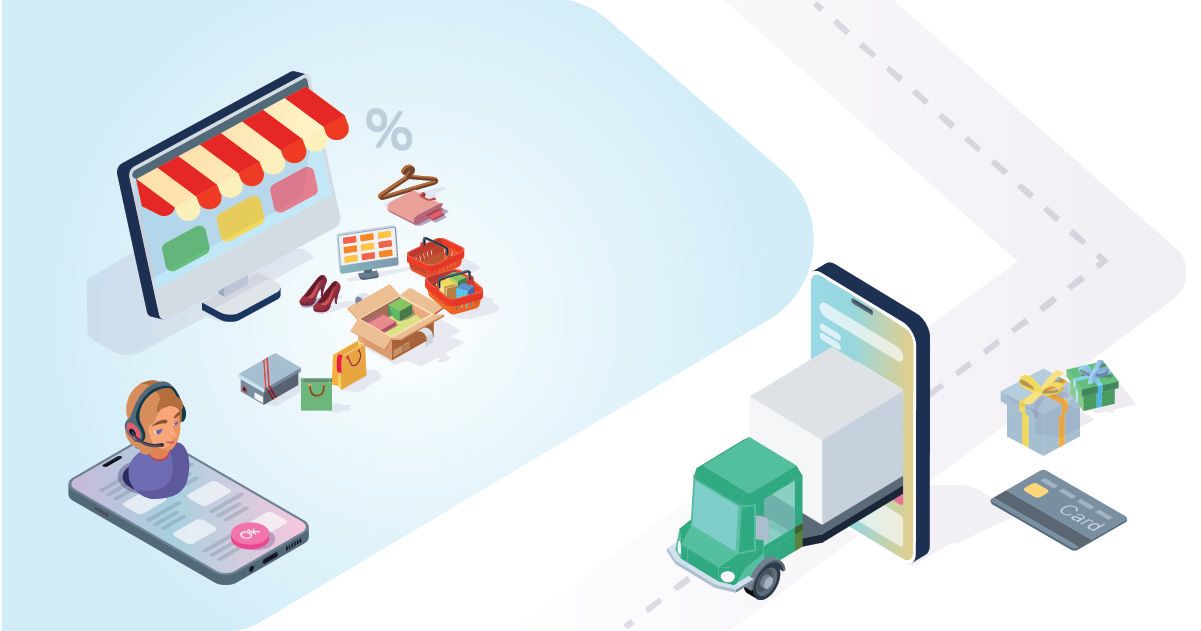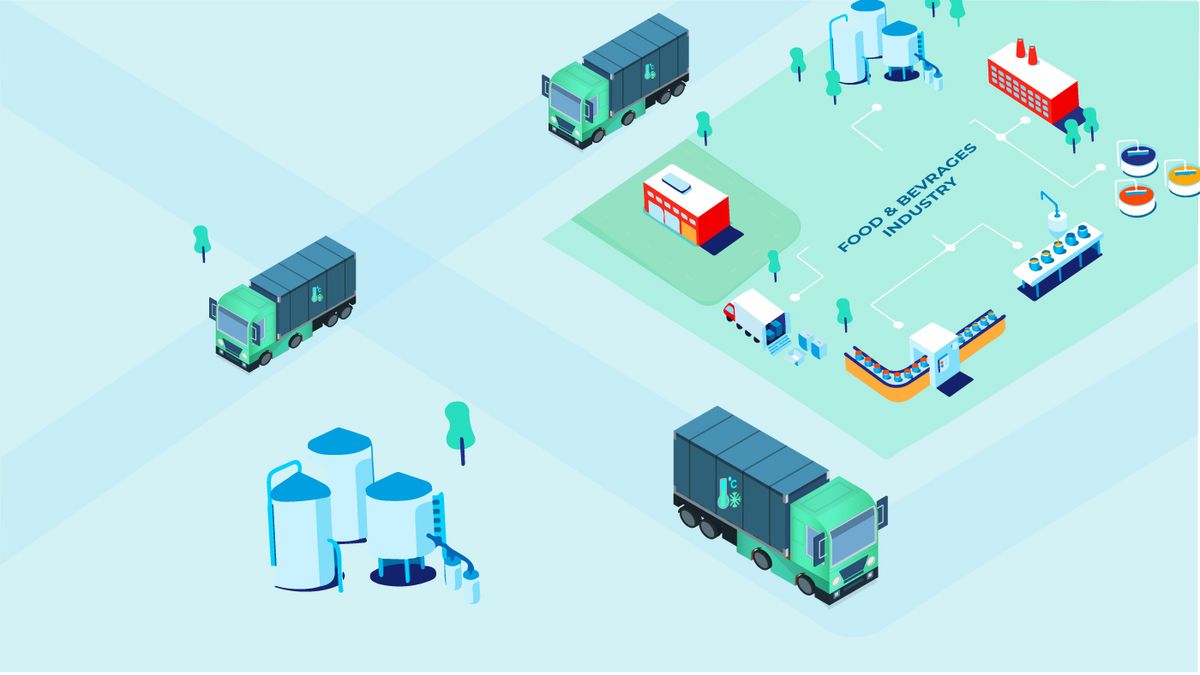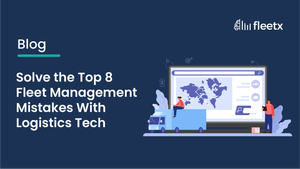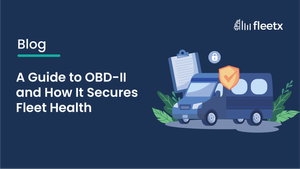
While managing logistics in a huge country like India is a great challenge, the advancements in eCommerce have given precedent to innovation and technological upgrades that cater to growing demands. The eCommerce landscape will keep changing and thus businesses must be flexible and agile to handle the enormous growth in direct-to-consumer services that have been taking place rapidly.
From fast-evolving marketplaces, lack of infrastructure, and channel conflicts to growing consumer demands, the Indian eCommerce logistics industry faces several challenges as it attempts to deliver services. As per Ken Research, the Indian eCommerce logistics industry has grown at a CAGR of 23.6% and will reach 492.8 billion INR by 2025. The industry is now also facing many pain points that need to be addressed and solved for eCommerce logistics in India to reach its full potential.
What is eCommerce Logistics?
Also called, e-logistics, eCommerce logistics comprises the activities that are involved in the fulfilment of internet sales orders. It is a congregation of various processes that work in tandem such as shipping, warehousing, inventory management, billing, packaging, returns, and exchange. The principal purpose of such a sector is for making deliveries across the country faster and more accurate. Even though India is at the cusp of a great eCommerce boom, there is still a clear gap between the current state and the potential of e-logistics in the country. To achieve the potential required, there is a need for a faster and deeper infrastructure to make deliveries.
Challenges of same-day delivery
There are nearly 700 million Internet users in India and at least half of them have at some point actively engaged in shopping online to order apparel, groceries, gadgets, cosmetics, and more. With the mentality to shop instantly, consumers also then demand their products be delivered as quickly as possible, even within hours. There has been a fundamental shift in customer satisfaction, where e-shoppers want groceries delivered within ten minutes and not a day later, making same-day delivery the norm for online retailers. This extraordinary demand for instant deliveries has led to a shortage of transport capacity and is also stunted by a lack of delivery drivers and overall infrastructure.
Importance of ETA
The one main factor that eCommerce logistics revolves around is the Estimated Time of Arrival. Customers want to not just know the exact whereabouts of where their order and track it as it travels across state lines or even from a few minutes away, but also require an accurate ETA. Most eCommerce logistics businesses have faced problems in keeping up with demanding delivery timelines due to a high volume of orders received. It isn’t easy to prioritise deliveries when juggling too much without enough time. Another challenge in sticking to such timelines is when the company has limited resources for transport and delivery. Indian festivals are a prime example of how the ETA system fails, leading to mass delays in deliveries.
Working in reverse
Returning products was so much easier when retailers only had physical stores. Due to there always being a possibility of incorrect shipments or damaged deliveries, reverse logistics has become essential. With the boost in eCommerce, reverse logistics too has become a recurring factor that leads to challenges for the industry. eCommerce retailers need to have the resources to handle products being returned as efficiently as they did with deliveries. It is the retailer’s responsibility to replace orders that are defective or incorrect from their end within a reasonable time to keep customers satisfied. When the cost of such a return is more than the value of the item, there must be processes put in place to avoid money loss.
Conclusion
There is a bright future for eCommerce logistics in India as it has now begun to rise from its nascent stages of development. The inherent customer-demand-led growth has created cross-industry opportunities, especially with the adoption of new technology and the subsequent automation of processes, which is predicted to carry on. A successful collaboration between manufacturers, retailers, and logistics partners is required for driving continued growth and improvement. Advanced tools can help provide the required visibility into the logistical processes and the movement of products.
What is ecommerce logistics?
The procedure an ecommerce firm utilises to get an order out the door and into the hands of the client is known as ecommerce logistics, or elogistics. Online customers' orders are packed, shipped, delivered, and occasionally returned after they've been made.
What are the 5 types of logistics?
Logistics can be split into five types by field: procurement logistics, production logistics, sales logistics, recovery logistics, and recycling logistics.







